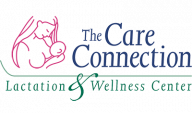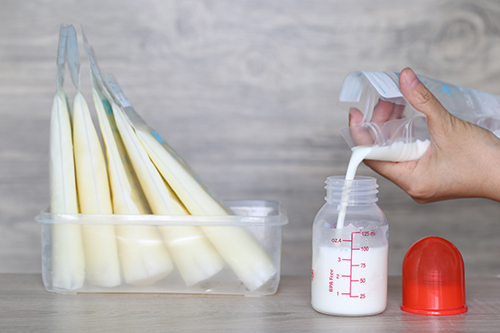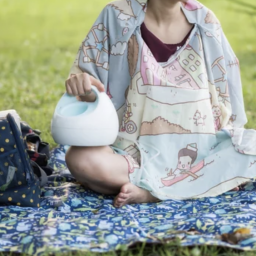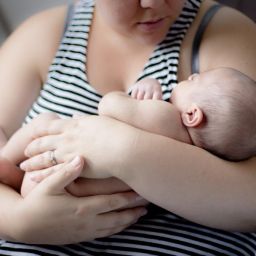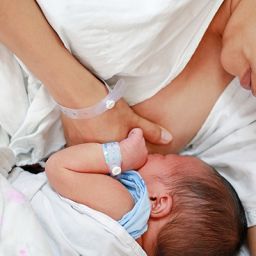You may be at the point in your breastfeeding journey where you have started a stockpile of milk. This may be because you are going back to work or just want to have a stash for outings where the baby will be cared for by someone else, or for your partner to offer baby a bottle.
Before collecting any breast milk be sure to wash your hands thoroughly. Use only clean pump parts, bottles, and/or storage containers. This will prevent any bacteria from entering into the breastmilk.
We recommend following the current breast milk storage guidelines provided by Medela:
- At room temperature (66-78 degrees F) breastmilk is safe for 4-6 hours.
- In a cooler with 3 frozen ice packs it is good for 24 hours (at 59 degrees F).
- In a refrigerator (39 degrees F) it is safe for 3-8 days.
- In a freezer (0-4 degrees F) it is safe for 6-12 months.
- Thawed breastmilk should be used within 24 hours.
Storing Milk
When breast milk settles, the fat content in the milk rises to the top creating a “fat layer”. This is normal. Swirling the bottle (not shaking) will mix the fat into the milk again before giving it to your baby. Breast milk can also vary in colors depending on mom’s diet or medications she may be taking.
It is best to store different quantities of milk in storage bags. Only store breast milk in bags/containers approved for breast milk collection and storage. If your baby is currently drinking 5 ounces per bottle, make sure along with storing some 5-ounce bags you also store some 1-2-ounce bags. Think of these as snack portions for baby. These smaller bags may be useful during growth spurts, times of lower supply, or even to add to your baby’s first cereals.
It is best to freeze milk if you know you will not be using it right away. Always store milk in the back of the freezer (not on the door). This will prevent frequent air exposure and temperature changes to breast milk.
Combining Milk
If you have milk in the refrigerator that you would like to add freshly pumped milk, first cool the fresh milk in the refrigerator. Once the 2 bottles of milk are the same temperature you can then combine them.
Once you combine the milk it should now be labeled with the date of the oldest milk. For example: If you have pumped milk in the refrigerator from yesterday. You want to cool the milk that you just pumped today and combine it with yesterday’s milk. That bottle should now be labeled with yesterday’s date. In general, do not add warm or room temperature milk to already cooled or frozen milk.
Defrosting Milk
Defrost the oldest milk in your freezer first to evenly rotate your stockpile. When defrosting you can either place the frozen milk in the refrigerator overnight or you can run warm water over the frozen milk until it thaws. Remember, once milk is thawed it is only good for 24 hours.
If you notice a soapy odor or taste to your thawed breast milk you may have a high lipase level in your milk. Lipase is an enzyme that helps infants to easily digest fat in breast milk. Milk with a soapy odor or taste is still safe to give to your baby although some babies still refuse it. You will only notice this odor in thawed breastmilk and not fresh breast milk.
It is best to thaw a bag of breast milk early on in your storage process to avoid having a 6-month supply with high lipase that baby refuses. If you notice the odor or taste in your milk and your baby refuses it, you can heat up your breast milk (just until tiny bubbles form around the edge, not to a boil) before freezing it. This process is called scalding. This will deactivate the lipase.
Remember, every woman produces different amounts of breast milk and many times different amounts from each breast! You do not need to have a freezer full of milk to feel like you have a decent stockpile. Focus on feeding baby and not your freezer. You are already doing a great job providing this liquid gold for your baby!
